If you’re a history buff, then you’ll love Malacca.
Founded in 1396 by a Sumatran prince called Parameswara, it is one of the oldest cities in Malaysia and was once a bustling trade center, with merchants coming from far and wide to do business. Due to a strong influence from Arab, Persian and Indian traders, the Malacca Sultanate embraced Islam – an important point in history that pervades modern-day Malaysia.
The Europeans came in the 1500s. Sailing from their homelands, they conquered kingdoms under the banner of Gospel (proselytization of Christianity), Glory, and Gold. Malacca was a golden goose. It was invaded by the Portuguese (130 years), Dutch (150 years) and then the British (until independence). It’s no wonder Malacca boasts an impressive number of old buildings, forts and structures dating back to the 16th century – making it a UNESCO World Heritage site.

History lesson aside.. E and I were in town to celebrate Valentine’s Day! We made a beeline for the central attractions; namely Dutch Square/Red Square. No points for guessing how the plaza got it’s name – it’s surrounded by fire-station red buildings. The centre of the square has a fountain and a clocktower, and just next to it is Stadthuys (old Dutch for ‘city hall’), which was built in 1650 as the office of the Dutch Governor and Deputy Governor. The building has been converted into a museum.
Across the road is Christ Church Melaka, painted in the same terracotta red. Built in 1753 on the site of an old Portuguese church, it is the oldest Protestant church in Malaysia.
Despite being hundreds of years old, the buildings were well kept with fresh coats of paint. Lining the entire stretch outside were souvenir stalls and colourful trishaws. Like jeepneys in Manila and tuktuks in Thailand, trishaws were (note: were) very much part of the fabric of Malacca. These days they are used to ferry tourists around the square rather than an actual mode of transportation.
Not all were traditional – we saw loads of quirky designs like Hello Kitty, Frozen (the kids must love it), Doraemon and other cartoon characters.
The weather was crazy hot, so we were glad to step inside the cool, air-conditioned museum. Entry for Malaysians was RM6 (RM10 for foreigners). *A trick to save money if you’re bringing a foreign friend around. Buy the tickets, and speak Malay to the counter people. We saved a lot this way. Shhh. 😛
The ticket also included entry to several smaller museums within the Stadthuys Museum compound.
Exhibits were mostly artifacts from Malacca’s glorious past, including earthernware, pots and pans, Ming China bowls, teapots, cannon balls, weapons etc.
The thing about Malaysian museums is that they are so static. Just the displays and long ass descriptions (in font so tiny we had to bend down with our noses almost touching the display boards). A pity, because the history is there – they just have to make it more interesting. This is why I like museums in US and the UK: they usually have hands on stuff and interactive displays. Learning should be fun. And they wonder why kids always think that history is the most boring subject in school!
The building is shaped like a ‘U’. In the middle is a statue of Admiral Cheng Ho, the famed Muslim Chinese admiral who established diplomatic relations between China and the Malacca Sultanate. The Chinese came to Malacca to trade; some stayed and intermarried with the locals, creating a unique community called the Straits Chinese or Baba/Nyonya. The Baba Nyonya adopted many Malay customs and practices, including clothing and language, but still spoke their native dialect (usually Hokkien) and lived in Chinese-style homes.
Traditional Malay-Malacca wedding. Note the diverse cultural influences, such as the bride’s headdress above (similar to ancient Chinese), while the best man wears a suit along with his sarong.
The wooden bed frame had similar Chinese/Indian influences, from the colours to the carvings. Truly a melting pot!
The museum isn’t very big, so we were done within the hour. Informational, but can get a little boring especially if you don’t like reading descriptions.
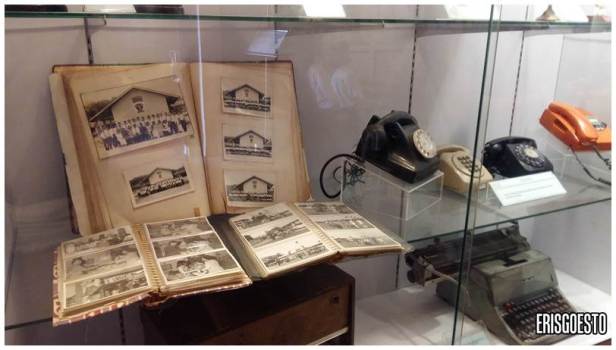
The Education Museum next to the Stadhuys was even smaller – just two floors with old photos, trophies, phones, typewriters, books, and mannequins describing early education in the country.
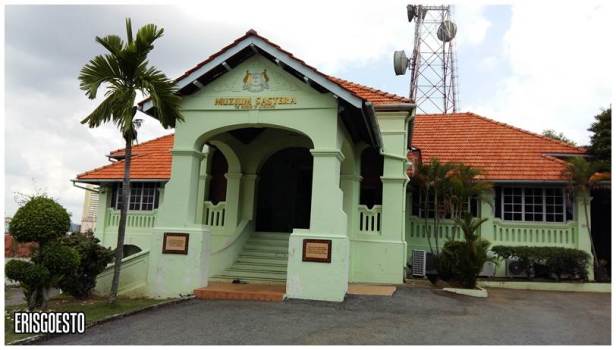
Hopping on over to the Literature Museum behind the Stadthuys. It was empty, the fiance and were the only two people inside. Shoes had to be removed. Air conditioning was really cold, and the outside was really hot… I suspect this was why the fiance fell sick later that day.
Here, we read about early and modern Malay literatis, poets and writers, as well as how literature has evolved from the early days of the Malacca Sultanate.
All in all, the museums are educational but with no variety in the exhibits, can get quite boring. Still a good place to drop by just to understand a bit more about Malacca, and it’s in a central location where all the other attractions are so why not?
STADTHUYS MALACCA
Circle intersection of Jalan Quayside, Jalan Laksamana, and Jalan Chan Koon Cheng
Tel: + 606 282 6526
Opening hours: Mon – Thurs (9am – 5pm), Fri-Sun (9am – 830pm).
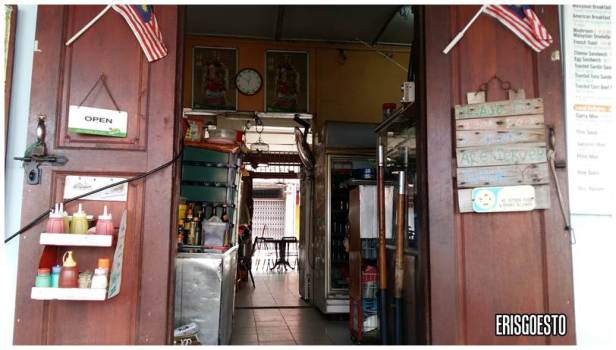
Quick lunch at a local kopitiam (coffee shop) nearby.
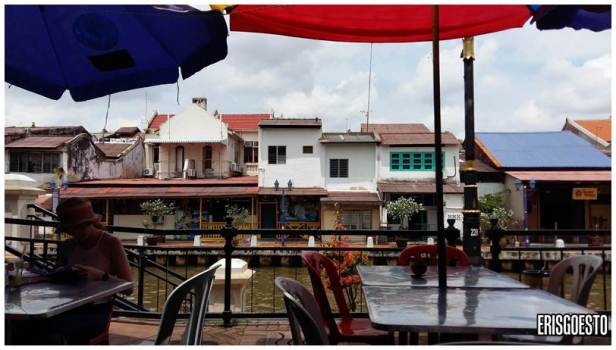
Just next to the Malacca River, where you can see the colourful graffitied backsides of buildings across the water.

Mushroom chicken chop with fries and salad. Not too filling as you can tell from the size, but cheap and tasty (RM10!)


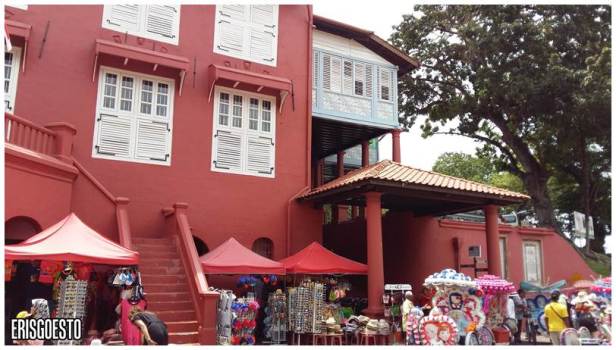
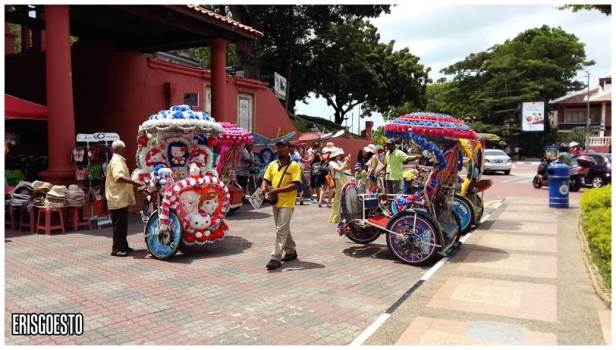
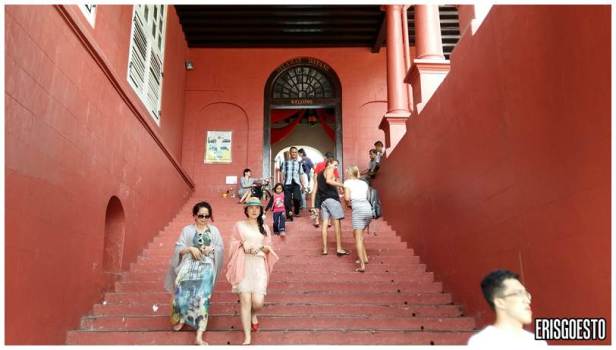
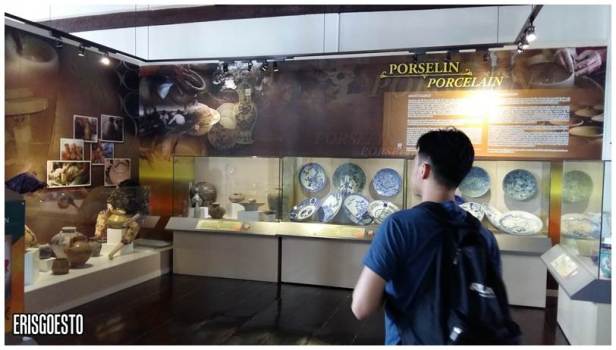
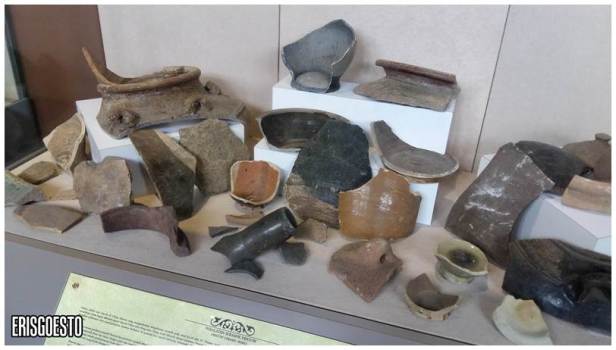
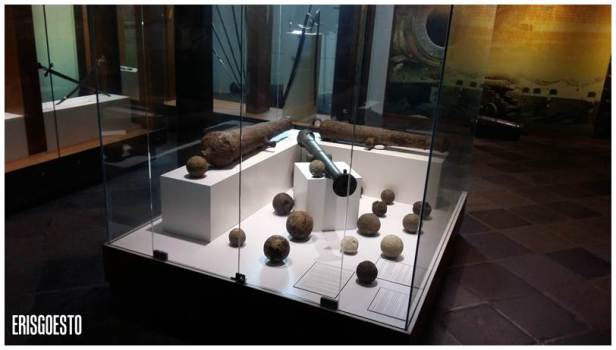


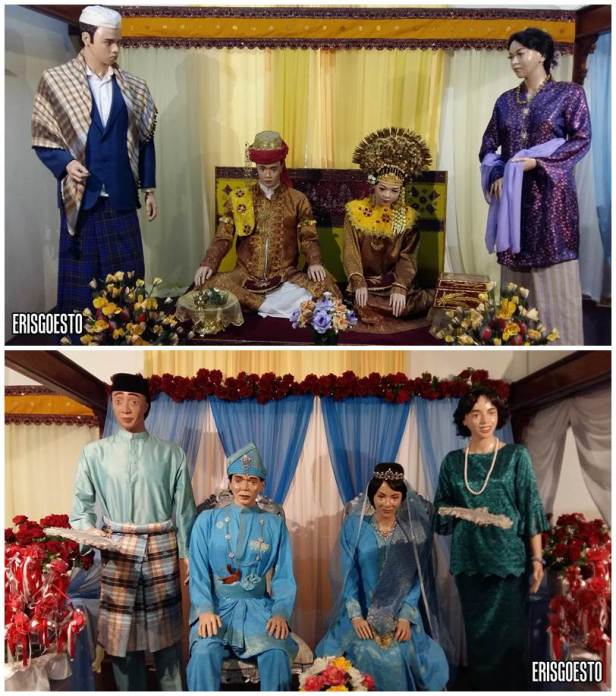
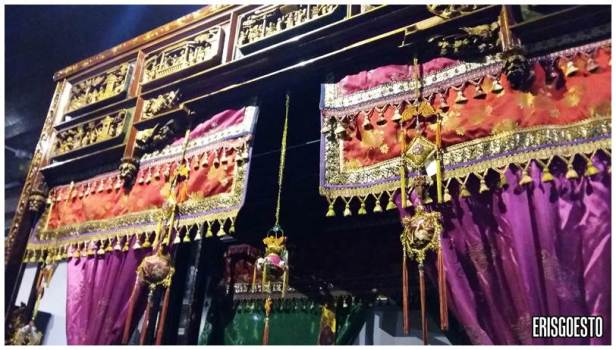
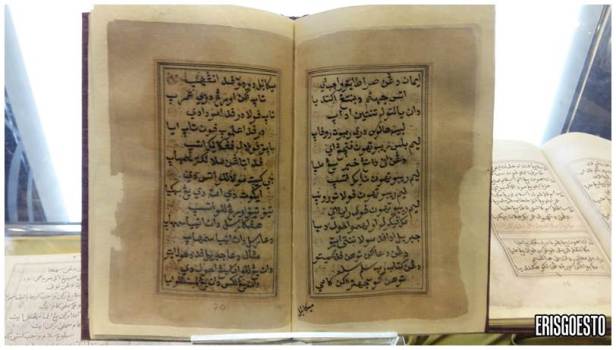
Your photos of Stadthuys are cool! Was this on a Sunday? Didn’t look like there were many people around. I’m from Malacca too and have always found the Stadthuys too crowded with tourists on Sat & Sun that it’s impossible to get a picture without photo-bombs! 🙂 Yeah our museums are too static -even the mannequins are from the 80s.
LikeLike
Thanks, Kat! Yeah, it was on a Sunday and pretty crowded, guess I got lucky with the picture. 🙂
I just wish the gov would put in more funding and upgrading for our museums coz the history is there, they just need to make it more interactive. And I think this is what really attracts more (Western) tourists.. I mean, they can get shopping malls everywhere but the culture and histories of a place are more unique.
LikeLike
I agree, in addition, our museums all over the country or at least in major cities such as KL, Malacca need to have better curatorship. The problem is, history of Malaysia is being rewritten or rather selected for political reasons. History facts that I used to learn in school is not the same as what is being taught in the schools now. And, conservation is another topic which the govt is not understanding well. Very sad.
LikeLike